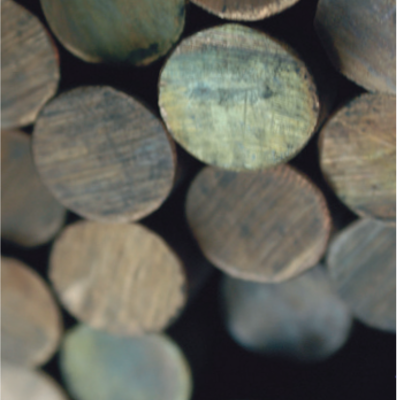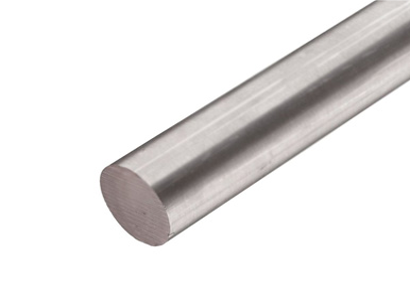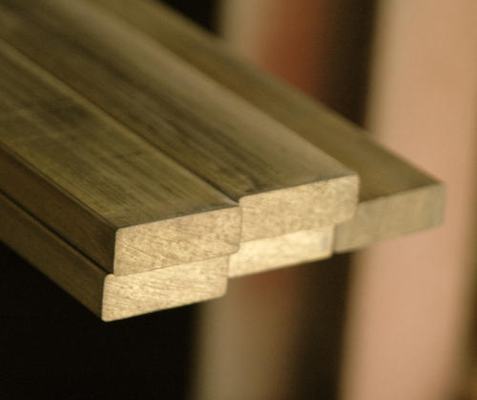Copper-based alloys containing up to 14% aluminum form Aluminum Bronze . Aluminum Bronzes have different mechanical and chemical properties from other alloys. This type of bronze is preferred in casting parts. Cast bronzes contain tin, lead, phosphorus and nickel. Bronze material is highly resistant to environments such as corrosion, sea water and acid. It is one of the indispensable products of the valve pump and shipbuilding industry.
Alloy : Cu AI10 Fe3 Mn2, CW306G
Method of Manufacture : extruded only
Specification : EN 12163:1998
Tolerance : class A
Ø 16 mm + /-0.25 mm
Ø 18-30 mm +/-0.30 mm
Ø 32-50 mm +/-0.60 mm
Ø 55-80 mm +/-0.70 mm
Ø 85-120 mm +/-1.4 mm
Ø 130 mm +/-1.8 mm
Temper : M, mostly approx. R690
Alloy : Cu AI10 Ni 5 Fe 4, CW307G
Method of Manufacture : extruded only
Specification : EN 12167
Tolerance : only plus tolerance, guideline, deviations possible straightness up to 4 mm/m
for widths ≤ 30 mm : width +0.7/-0 mm, thickness +0.7/-0 mm
for widths 40-55 mm : width +1.3/-0 mm, thickness +0.9/-0 mm
for widths 60-120 mm : width +2.4/-0 mm, thickness +1.0 to +2.0/-0 mm
Temper : M. mostly R680

Alloy : CuSn12-C, CC483K
Method of Manufacture : GC, continuous cast
Specification : EN 1982
Tolerance :
Round bars and Hollows:
≤ 0.d. 97 mm:
o.d. +0.6/-0 mm, i.d. -1/+0 mm
o.d. 102-193 mm:
o.d. +1/-0 mm, i.d. -1.5/+0 mm
> o.d. 202 mm:
o.d. +2/-0 mm, i.d. -2/+0 mm
Flat and square bars:
< 103 mm width:
≥ 113 mm width:
+1/-0 mm
+1 to 2 mm /-0 mm
guideline, deviations possible
Temper : GC




